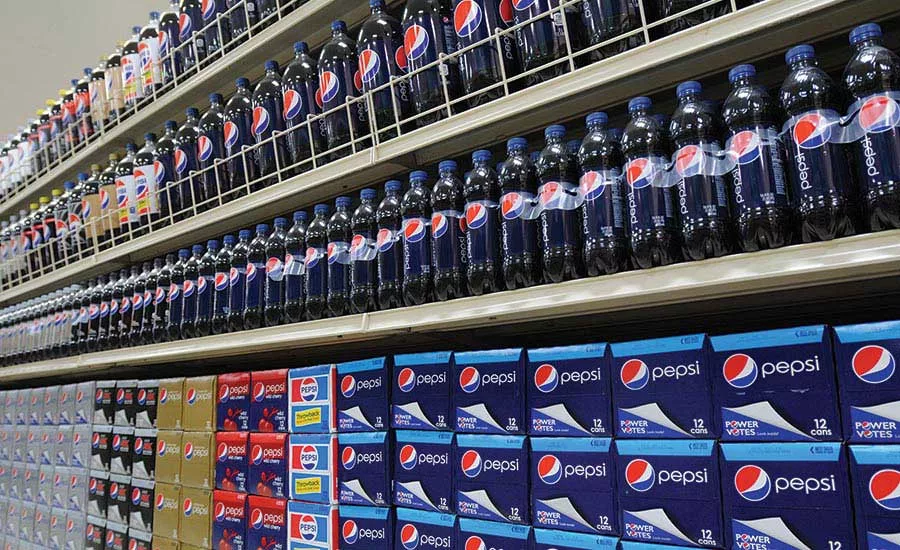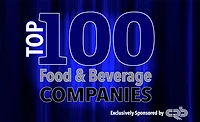Editor's Note
Top 100 companies face challenges
Top 100 companies are not immune to consumer demands, market pressures

PepsiCo, No. 2 on our annual list of the food and beverage industry’s Top 100, has launched a number of new products over the last few years to respond to changing consumer demands.
If you take a look at our annual rankings of the food and beverage industry’s top 100, there may not be a lot of surprises.
When we’re talking about companies that are big enough to top the list, things tend to change relatively slowly. Revenue might go up or down by hundreds of millions of dollars in any given year, but even if that happens, the change is going to be a pretty small percentage for companies that measure their revenues in the tens of billions of dollars.
But if you start to think through these changes a little bit more, a couple of things come to mind. The first is that while there may not be a lot of changes in where these companies rank compared to each other, the challenges they are facing are still very real. Hundreds of millions of dollars is still hundreds of millions of dollars, even if it’s a small percentage of overall revenue. Growth is still what companies are looking for, and if growth is slowing or non-existent, then it’s going to lead to a lot of difficult questions about what the company is doing and how it’s doing it.
The other is that the companies who are on top or want to be on top are the ones who are realizing that their core business isn’t necessarily going to be what drives the bulk of future growth. What we’re seeing across the industry is that a lot of consumers are saying they want different things, whether it’s organic, craft or artisanal products, or products with sustainable sourcing. Those consumers may not be a large enough group for companies to completely abandon what got them to the top, but they’re big enough to cause companies to find ways to meet their demands.
Consider one simple ingredient: Sugar. It’s been the root of a lot of the changes that consumers are pushing for, and companies have to respond to that. If they don’t, they run the risk of being left behind when a competitor starts catering to that market, which continues to grow. It makes no sense for a company the size of PepsiCo to completely abandon sugar, but it does make sense for that company to explore ways to offer its customers alternative products that contain less or zero sugar.
Or think about the craft beer explosion of the last few years. A beer company such as Anheuser-Busch InBev still makes most of its money off of its traditional brands, but acquiring a specialty brewer here and there is a strategy that makes sense to try to keep customers who may want something different. In fact, it’s one that Anheuser-Busch InBev used way back in 2011 when it acquired Goose Island Brewery, kicking off a stretch of mergers, acquisitions and start-ups that has revolutionized the brewing industry in America.
How many incubator programs have started in the last few years as large companies look for new ways to serve audiences that want products that are local, sustainable and more natural? How many companies have launched new or updated versions of their flagship products to appeal to consumers that are more conscious than ever of what’s on the label?
The bottom line is still the bottom line, and the big companies are still the big companies. But we’re starting to see some significant changes in how they’re doing business and responding to challenges, and that’s going to have a big impact on the industry as a whole.
Looking for a reprint of this article?
From high-res PDFs to custom plaques, order your copy today!






